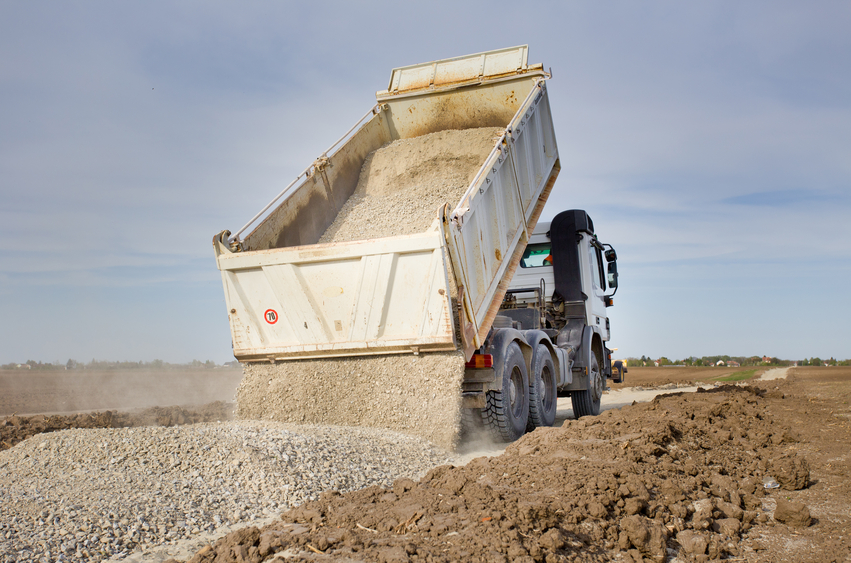Basic Geotechnical Engineering

In this online engineering PDH course you will learn the background for bearing capacity and settlement analysis; lateral earth pressure on retaining walls, piles and drilled shafts; as well as common soil properties.
Geotechnical engineering is an art form that requires both judgment and experience to arrive at a satisfactory solution. Unlike steel or concrete for instance, soil is quite different. The ground below us ultimately supports all structures and to be successful, the ground must not fail under the applied structural load.
The geotechnical engineer's task is to explore the subsurface conditions at a project site, determine the capacity of the soil to carry the load without collapsing or experiencing intolerable movement and to recommend appropriate foundation alternatives. Geotechnical engineers can arrive at different but equally satisfactory design values even when given the same set of information. Acceptable solutions are dependent upon many soil variables, methods used to predict the results and the practitioner's experience.
This 7 PDH online course is intended for a wide range audience; particularly the non-geotechnical engineers who are interested in gaining a better understanding of the geotechnical engineering field.
This P.Eng. continuing education course is intended to provide you with the following specific knowledge and skills:
- Understanding the common properties of soil and explorations
- Learning the methods of calculating settlement
- Learning the methods to calculate and assign the allowable soil bearing capacity
- Understanding the various types of earth pressure and how each is calculated
- Learning about the total force resulting from lateral pressure and factors of safety
- Learning about piles and drilled shafts
- Learning about soil compaction
In this professional engineering CEU course, you need to review the course document titled, "Basic Geotechnical Engineering".
Upon successful completion of the quiz, print your Certificate of Completion instantly. (Note: if you are paying by check or money order, you will be able to print it after we receive your payment.) For your convenience, we will also email it to you. Please note that you can log in to your account at any time to access and print your Certificate of Completion.